The undulating path on the Findlater Castle walk leads you through a sea of bluebells, past a gloriously sandy beach where, when the light is right, the waters of the Moray Firth are the perfect shade of tropical blue, and up a precarious staircase to the ruins of Findlater Castle.
Cullen, Scotland
The Findlater Castle walk starts in Cullen, near the beach, and follows the Moray Coast. We are stuffed with a lunch of fish and chips and lazily drag ourselves from the picnic benches along the signposted path. It is a gorgeous day. The Moray Firth sparkles in various shades of brilliant blue. We walk through an under-construction caravan park, past Cullen’s pet cemetery, and slip into the wilderness.
The path curves gently along the coast. On our right, the hills rise. In this season, they are redolent with gorse. Craggy stone stacks hug the coastline. They remind me of hard, indestructible termite hills with pointy tops. This is Port Long Bay, known for salmon fishing and also for smuggling. The nets are long gone and so are the smugglers but you can read about them on the information board along the way. The path to Port Long Bay is accessible. Then it forks. The right fork is accessible and will take you back into town. The left fork goes towards Findlater. We press on.







The path is a trail now, marked by walkers. Round-topped hills carpeted with the greenery rise on the right. On the left is a bank of pebbles, then water. We walk through a purplish sea of bluebells. I have never seen such a bloom of bluebells before! They carpet the land, relegating the verdant grass to the background. Soon the path ascends the slope. A narrow set of worn steps hugs the hill. Here, the trail is tricky, and we proceed with utmost care. Bunches of blush pink thrift dot the grass.
We descend onto a beach. A group of adventurers are climbing an exposed face of rock. We are near the water again. The land stretches further east: undulating cliffs rising from the Moray Firth. The landscape is a tapestry of colours: yellow birds-foot trefoil and gorse, pink clumps of thrift, little white wildflowers, and purple bluebells weave through the greenery. It is indeed very pretty out here.
Also read: Cullen is one of the loveliest towns on the Moray coast. Read our Top Things to do in Cullen post to plan a day trip to Cullen.




This section of the trail on the Findlater Castle walk isn’t all that used, so the grass has grown quite tall. Sometimes they come up to my waist. There’s an information board for Charlie’s Cave here with an article and some photos by Andrew Saunders about Charlie Marioni who lived here for 13 years after deserting the French Navy in WWI. We can barely see the trail anymore but round the curve and soon we can see Sunnyside Beach, one of the most beautiful in Scotland! It is a brilliant day and the water is many shades of blue. A gentle breeze brought in some relief from the sun. We were hot after having walked that far! We rest awhile on a clump of grass and watch some holidaymakers play on the soft sandy beach.
HISTORY OF FINDLATER CASTLE: The name “Findlater” originates from the Gaelic “fionn leitir“, meaning “white cliff”, so called because of the white quartz in the rock here, and the first record of a fortress here dates back as far as 1246. In the early 1260s, under the reign of King Alexander III, the castle was fortified as a defensive measure against an anticipated invasion led by King Håkon IV of Norway. Although this invasion ultimately resulted in defeat for Håkon at the Battle of Largs, it is believed that Norse forces briefly occupied Findlater Castle. In 1455, Sir Walter Ogilvy of Auchlevin was granted a license by King James II to add to and strengthen the existing structure. In 1560, ownership of Findlater Castle passed to Sir John Gordon, son of the 4th Earl of Huntly, after Alexander Ogilvy disinherited his son. This resulted in a bitter feud between the Ogilvys and Gordons. Two years later, in autumn 1562, the Gordons rebelled against the authority of Mary Queen of Scots, resulting in the siege of Findlater Castle by Mary’s forces. On October 28, 1562, Mary emerged victorious over the Gordons at the Battle of Corrichie, near Aberdeen, and Sir John Gordon was executed. Subsequently, Findlater Castle was reclaimed by the Ogilvy family when James Ogilvy, 1st Earl of Findlater, was given the earldom in 1638; however, they ultimately relinquished the castle and moved to Cullen House and Findlater Castle was left to decay.
For some aerial views of Findlater Castle, see the Canmore website.

Behind us are tall cliffs, and the way to Findlater Castle is up a rough staircase built into the slope. It is precarious and steep, and badly in need of care, so we climb slowly and carefully. The view of the beach from the staircase is mesmerising! At the top, there is a note of caution about the stairs. Wonder why there isn’t one at the bottom though! We walk along the clifftops and soon we can see the ruins of Findlater Castle clinging to the promontory.
The structure is in very bad shape, so if you want to explore the ruins, do so at your own risk. We spent some time at the viewpoint but did not venture down the path that leads to the ruins. There is a doocot nearby. The weather took a turn, out of nowhere, as we approached the car park and the wind picked up and fat drops of rain began to fall. All the glorious sunshine was gone in the blink of an eye!
Also read: If you walk west from Cullen towards the charming fishing village of Findochty, you will see the famous Bow Fiddle Rock. Check our post on the Buckie to Cullen Walk to plan your walk.




The Findlater Castle walk ends here. From here, you have three options:
- Continue onward to Sandend from where you can take the bus back to your accommodation
- Return to Cullen the way you came
- Find a bus stop on the main road. This is what we did because we were very tired but we do not recommend it because to reach the nearest bus stop, you have to walk along the A98 and there are no sidewalks for part of the way so it can be dangerous. I wish they would build a bus stop where the narrow road that leads to the car park meets the A98 for walkers.
Findlater Castle Walk: Route and Elevation
![]() Difficulty: Moderate
Difficulty: Moderate![]() Itinerary: Out and back walk from Cullen to Findlater Castle
Itinerary: Out and back walk from Cullen to Findlater Castle![]() Distance: 8.7 km
Distance: 8.7 km![]() Time taken: 2-2.5 hours
Time taken: 2-2.5 hours![]() Public Transport: Bus to and from Cullen
Public Transport: Bus to and from Cullen
Have you done the Findlater Castle walk?
Like it? Pin it!


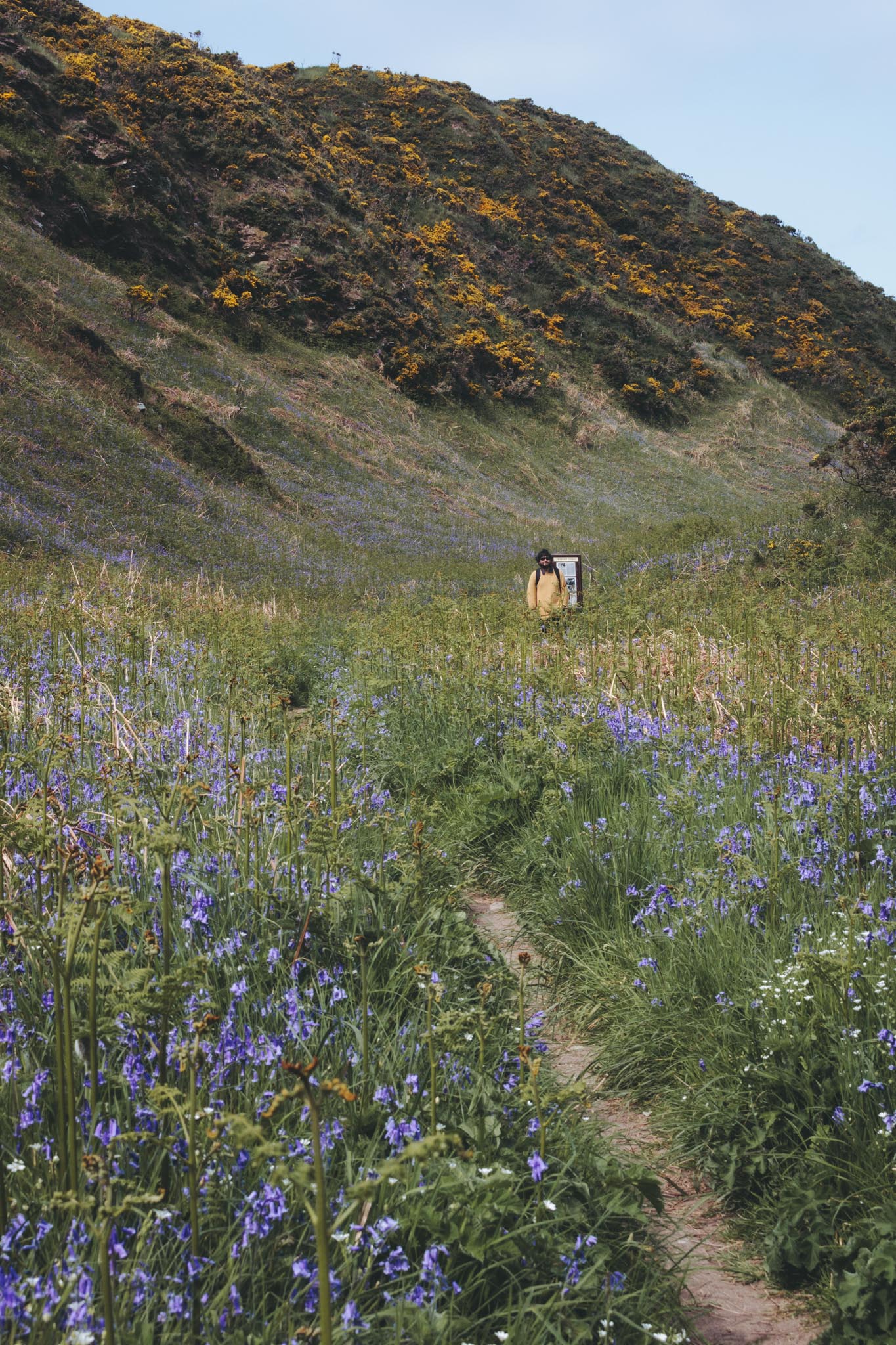

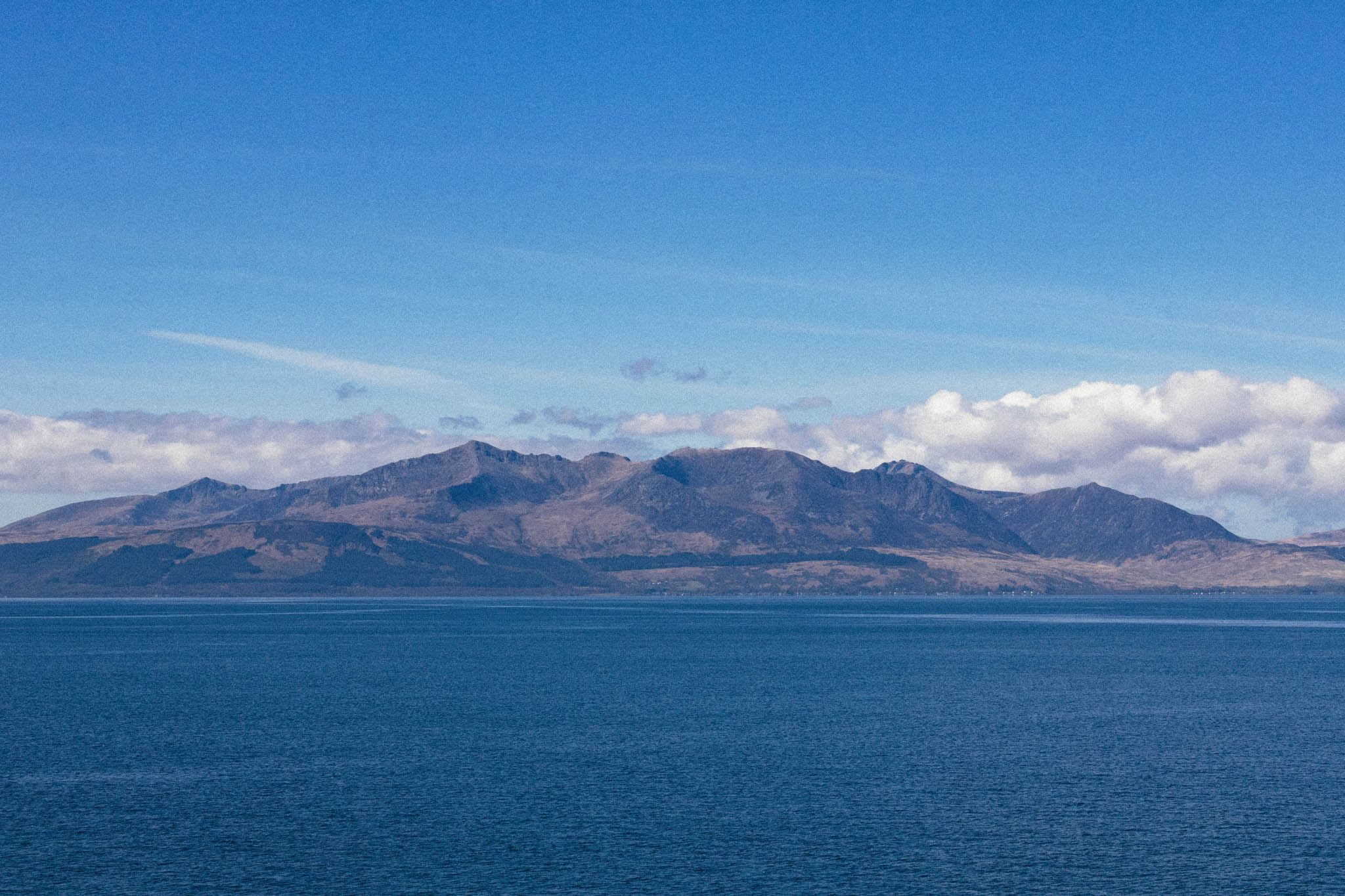
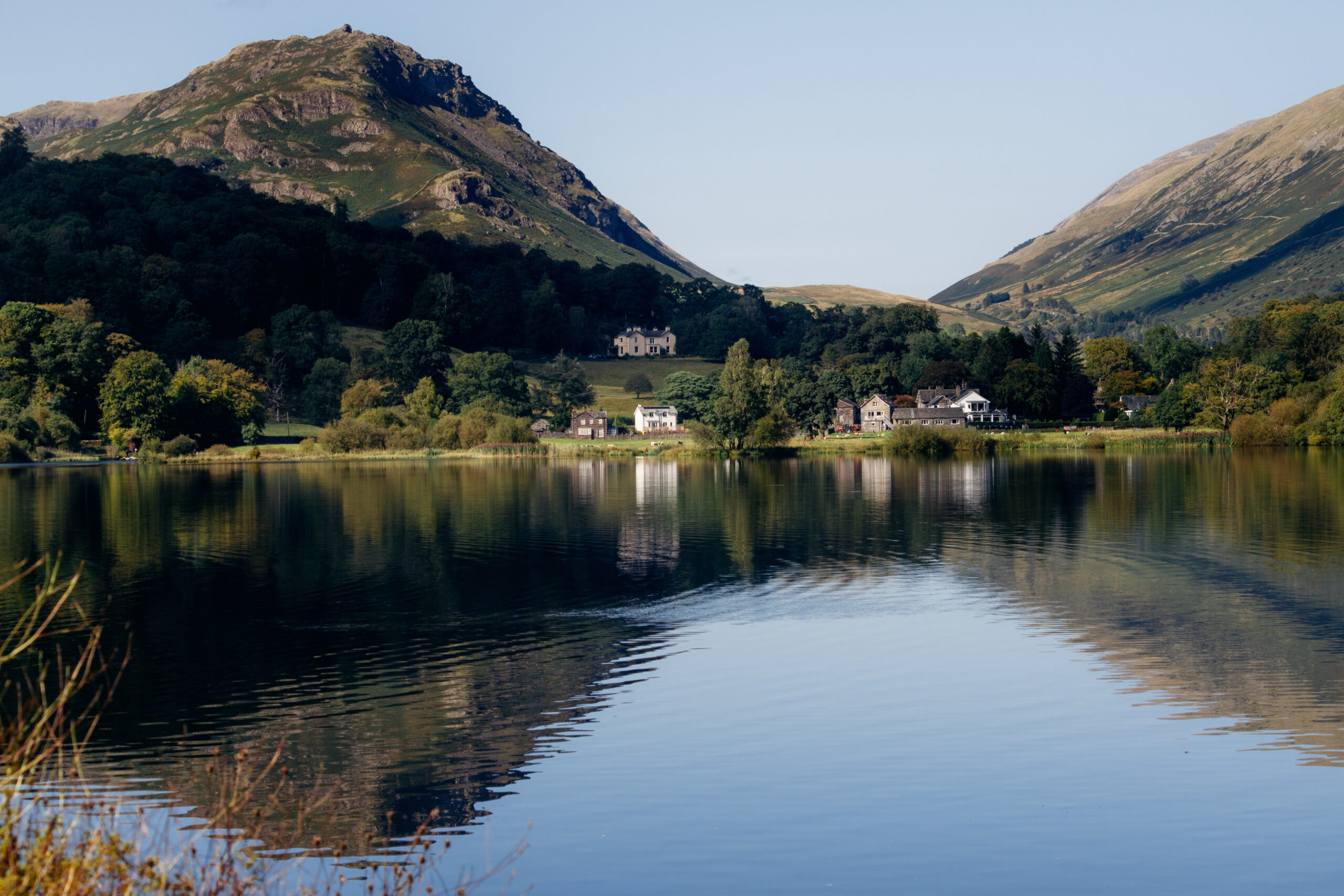

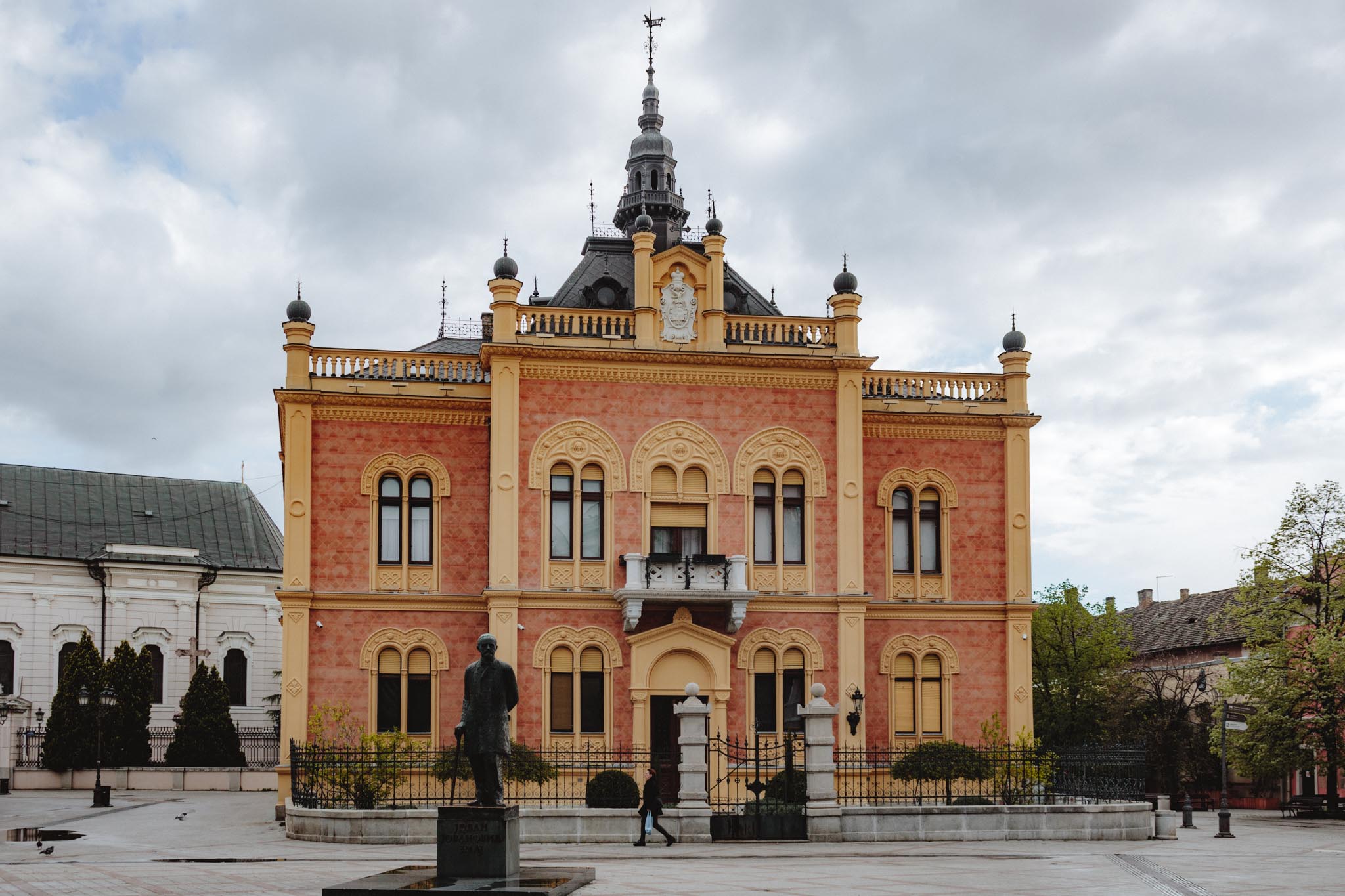
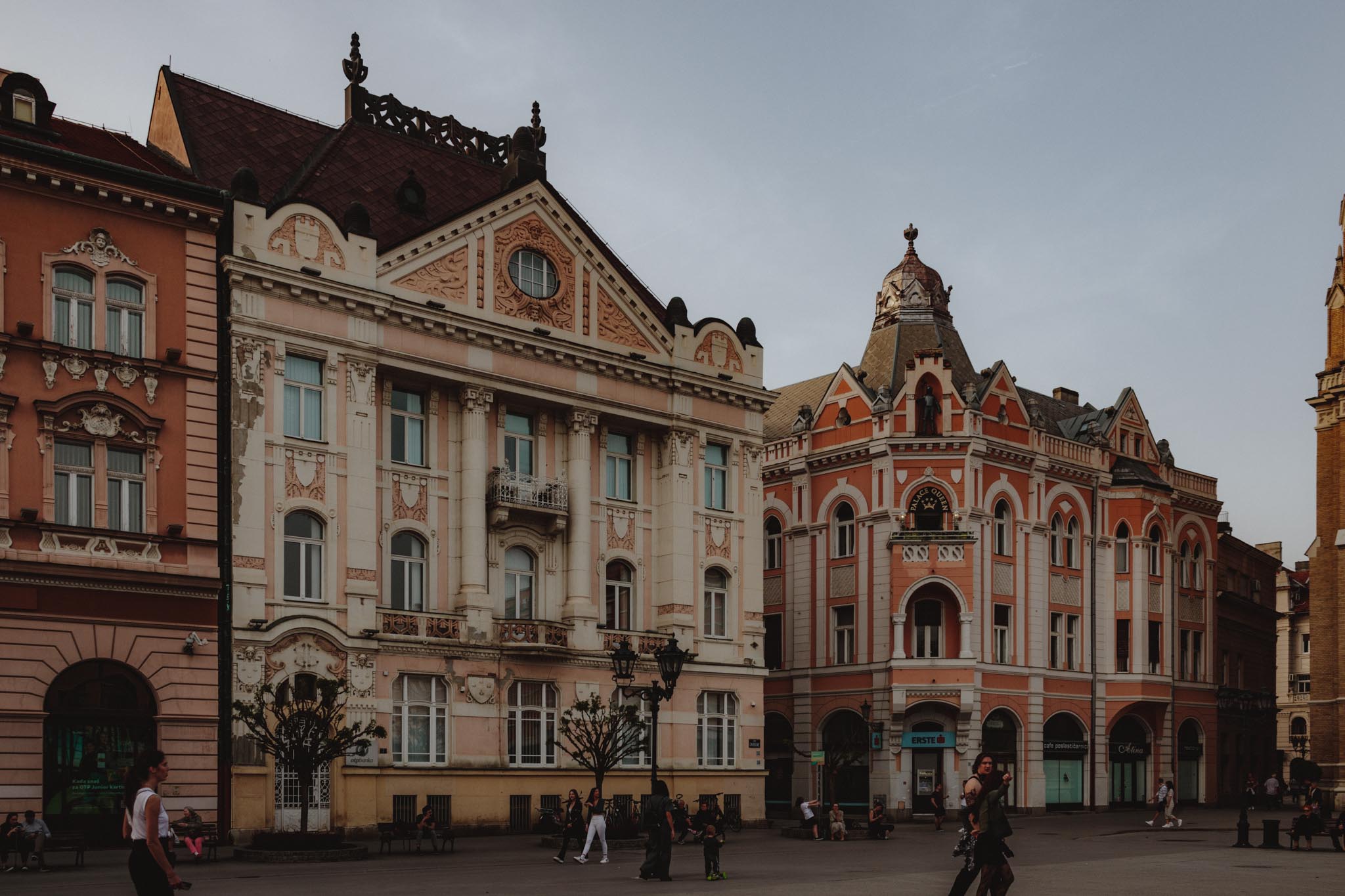
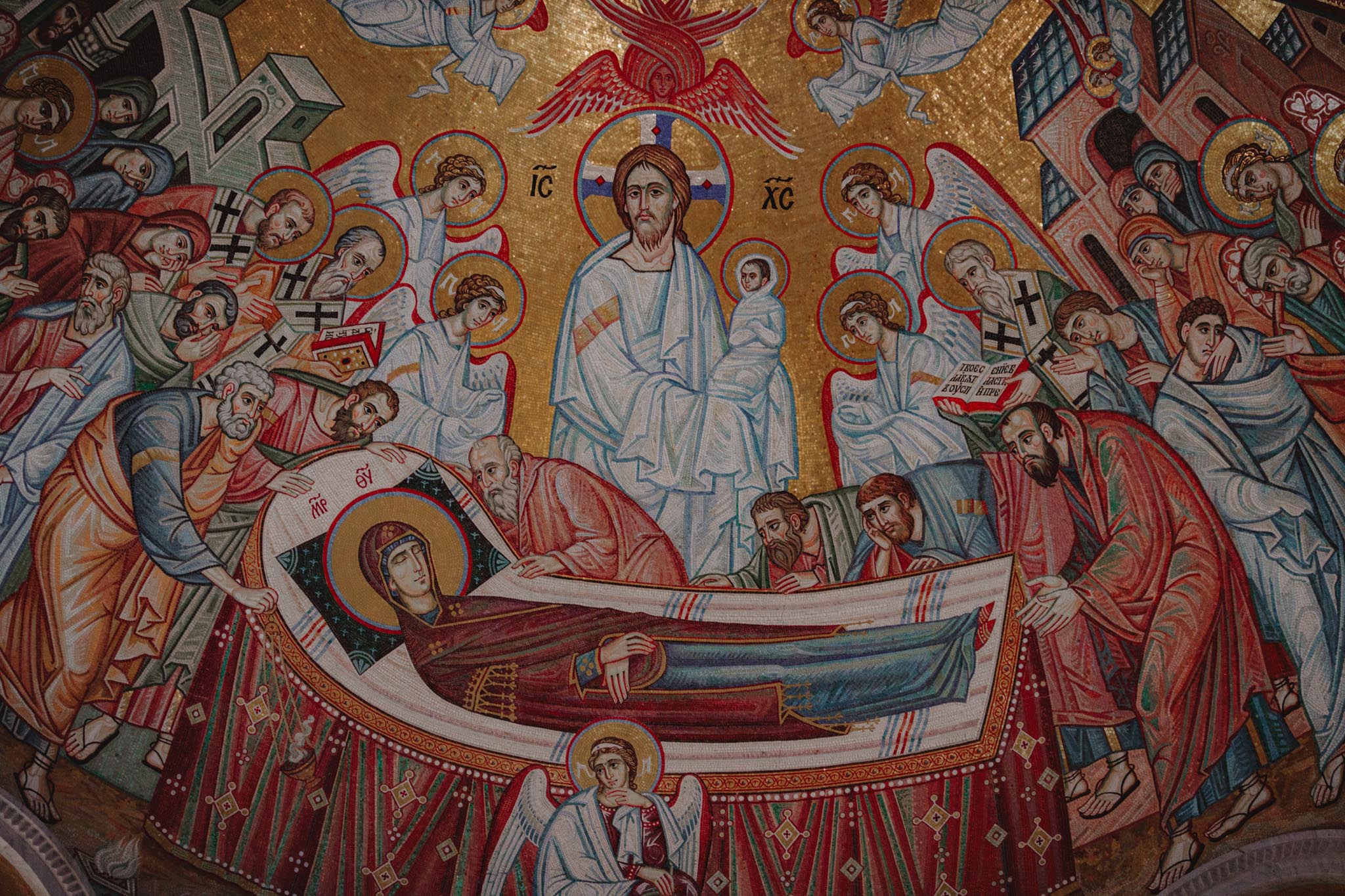
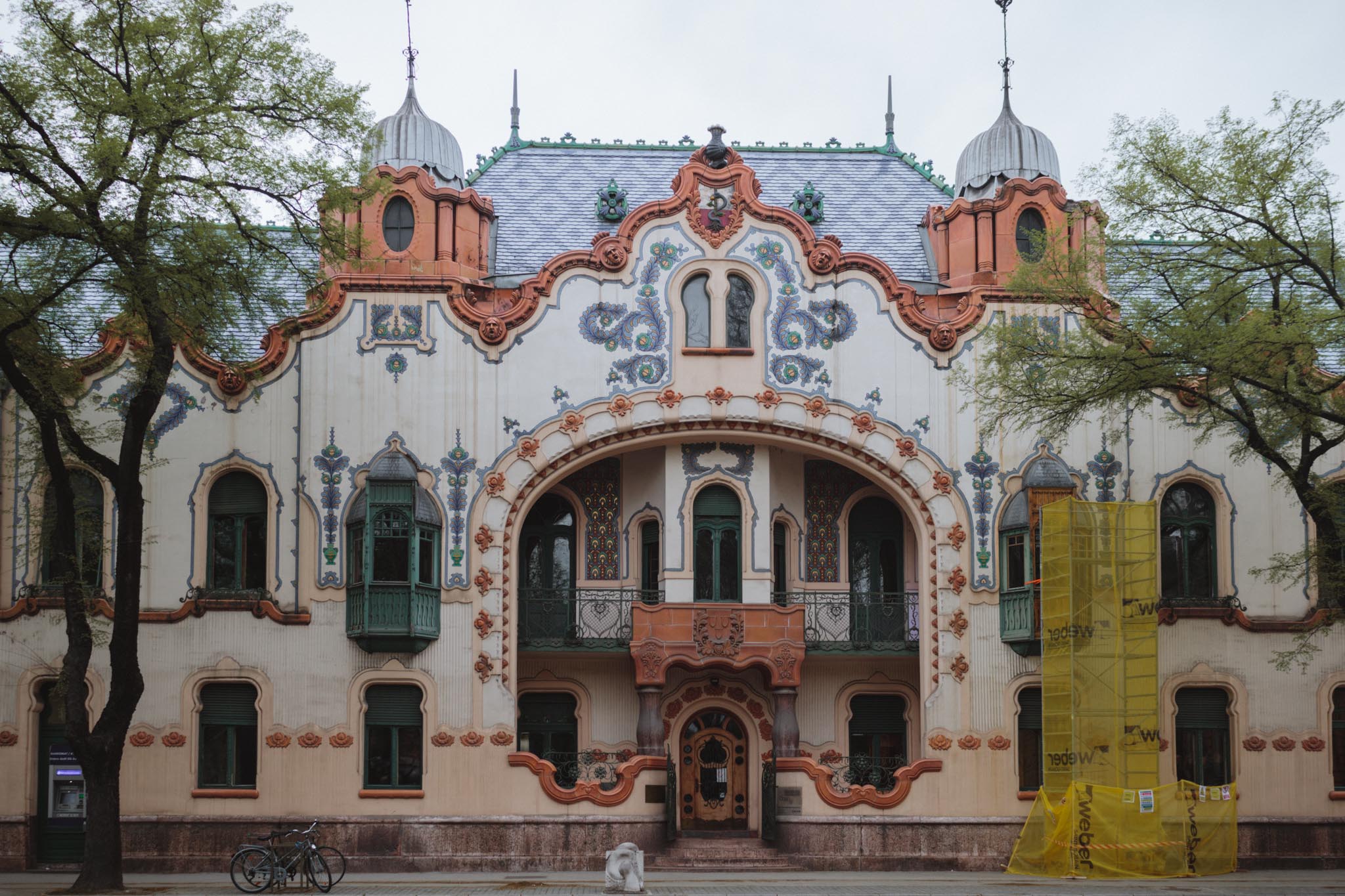

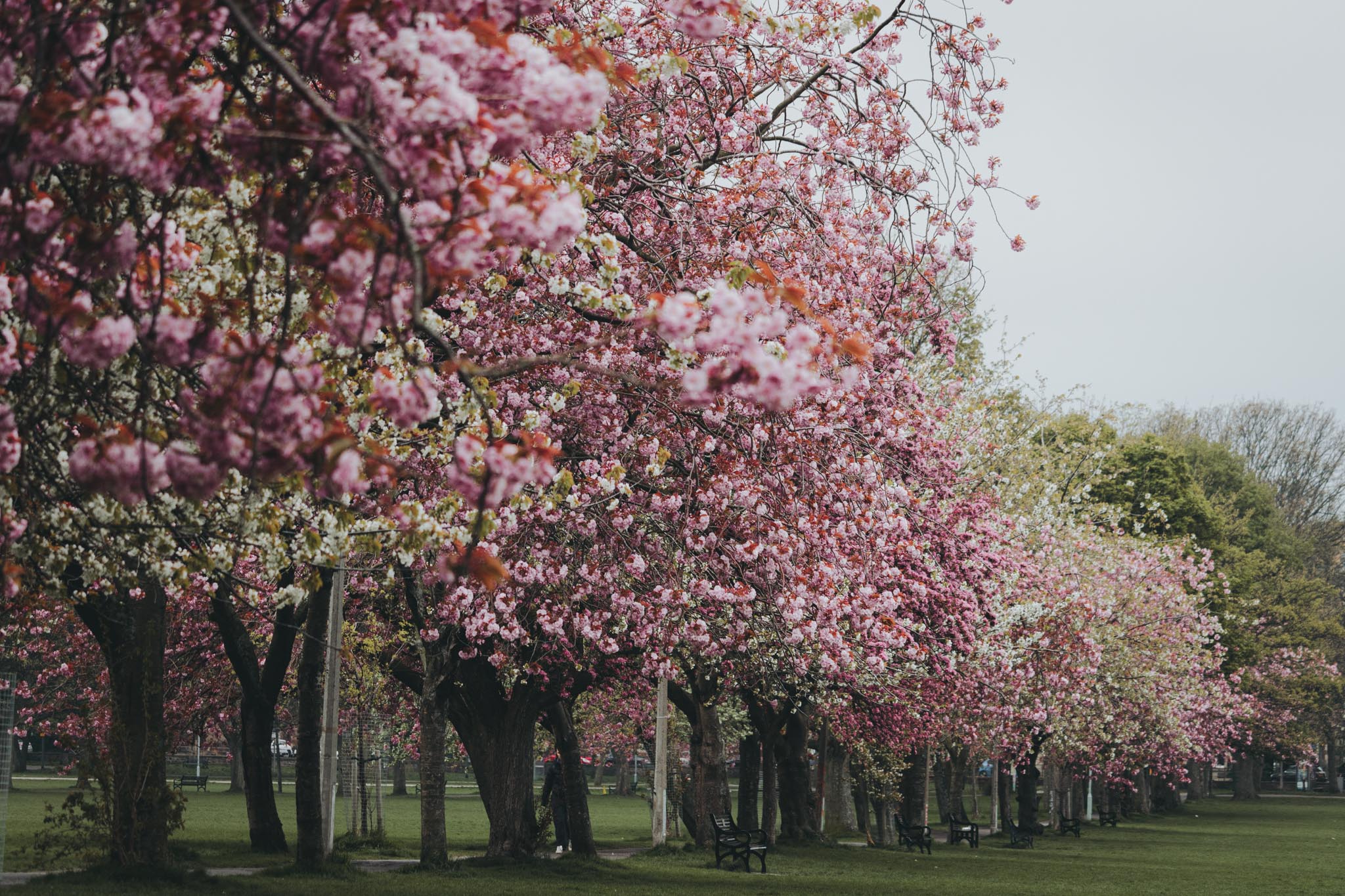
Leave a Reply